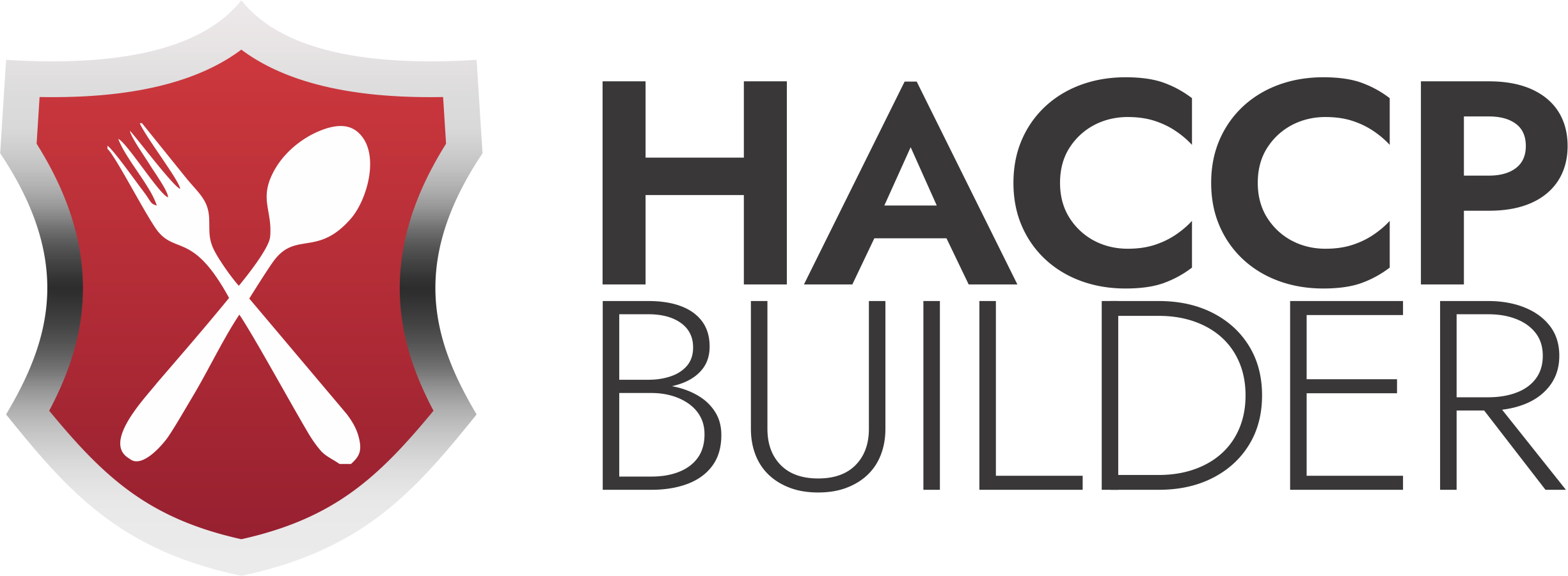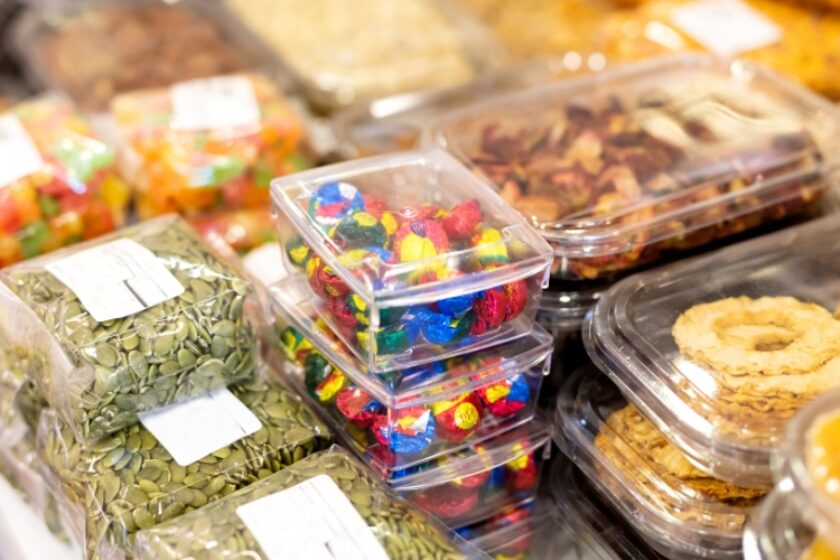Under the Food Safety Modernization Act (FSMA), food manufacturers must have track and trace systems in place by January 20th, 2026. The following will discuss what this means for food safety in terms of manufacturers, food processors, and co-packers.
What Are Track and Trace Systems?
Also known as traceability systems, food safety track and trace systems help to ensure food safety. As the name suggests, these systems track the food from farm to table.
Track and trace technologies play an important role in various production facilities. They monitor the products through every step of the supply chain, from beginning to end.
Why Is Traceability Important?
There are numerous reasons why traceability is important. The main reasons include:
- To comply with regulations and ensure food safety standards to ensure requirements are met. (These vary depending on organization type and geographical location).
- Track and trace systems are vital in preventing foodborne illnesses and protecting consumers. Additionally, they quickly identify any sources of contamination so the affected products can be removed from the market promptly.
Reducing the impact of outbreaks is a good enough reason to prioritize traceability. However, doing so also affects businesses. Unsurprisingly, brands that respond to safety issues before a limited number of incidents occur, often have better reputations. By building consumer confidence, brands create long-lasting relationships with purchasers who can trust that safety issues and regulation standards are met.
How Track and Trace Systems Work
These systems track the movement of food and ingredients through each step of production, processing, and distribution. They document the names and addresses of suppliers and customers, the product(s) and date of delivery, and the quantity/volume of the shipments. This is done by using various processes. Including but not limited to cloud-based receiving logs and records, barcodes, RFID tags, and other tracking mechanisms to ensure real-time data can be provided.
These detailed records provide important information to everyone who plays a part in the supply chain along with the USDA/FDA. This includes Key Data Elements (KDEs) associated with specific Critical Tracking Events (CTEs). The data should be provided to the USDA/FDA within a specified window, usually 24 hours.
Who Uses These Systems?
If a company handles food products, it is safe to assume that track and trace systems are integral to their operations. This includes those who make food products and run production facilities. For example, farmers, holders, processors, manufacturers, warehouses, retailers, and co-packers. A few exemptions to the Food Traceability Rule can be seen more in-depth here.
Manufacturers
Manufacturers use track and trace systems to manage raw materials and other components as they go through the supply chain. The system helps reduce defects while also ensuring they meet requirements every step of the way.
The track and trace systems also help manufacturers account for specific details. This includes the source of the product(s), and which ingredients are used throughout the process. It also includes what kind of environment(s) it is processed in.
Processors
To protect public health, track and trace systems will aid a team (often called a Recall Action Team) to follow a program. This program involves developing an automated track and trace system tracking, documenting, implementing, and maintaining traceability.
To ensure proper protocols are followed, this should be standard practice for all food processors. In the event of a recall, processors must follow a pre-established program and/or an automated traceability solution. This way, everyone involved knows their roles, limiting wasted time and resources. A track and trace system will be able to identify the source of the contamination. It will also provide insight into possible holes in the safety practices and/or protocols to enable corrective actions reducing risk.
Co-Packers & Warehouses
“Co-packing” is the term used for when a specialized company is hired to package another company’s food products. It is seen as a highly effective form of outsourcing. It is cost-effective and aids in increasing or decreasing production depending on the market.
Adapting quickly to the market is a major advantage for any business. Especially, for those in the food industry. Therefore, to compile product data, co-packers, and warehouses use different technologies to facilitate the process.
This should include track and trace systems. Such systems provide the tools necessary for easy monitoring. For example, the accurate labeling of processed products. As mentioned above, this is especially useful in the case of product recalls.
With IoT being increasingly used by manufacturers, supply chain data is collected and is easier to track. In turn, this aids warehouses and co-packers to have vital information about the stock they possess. More importantly, it will enable them to take action as needed promptly.
Proactive Planning To Be Prepared
For farmers, suppliers, and mass-market businesses, implementing track and trace systems should not wait until the last second. Everyone they do business with, from supply chain partners to technology partners, should be informed. It’s critical to be on the same page about all the changes the systems will inspire.
One year passes quickly! It is better to be prepared well in advance to limit the amount of stress associated with the deadline. If more information on track and trace systems is needed, contact HACCP Builder.
We will answer all your questions and concerns to ensure you are prepared for what 2026 will bring. We can be reached at (866) 577-4030 ext. 1 or via email at [email protected]. You may also leave us a message and we will get back to you shortly. In the meantime, feel free to book a free demo!





